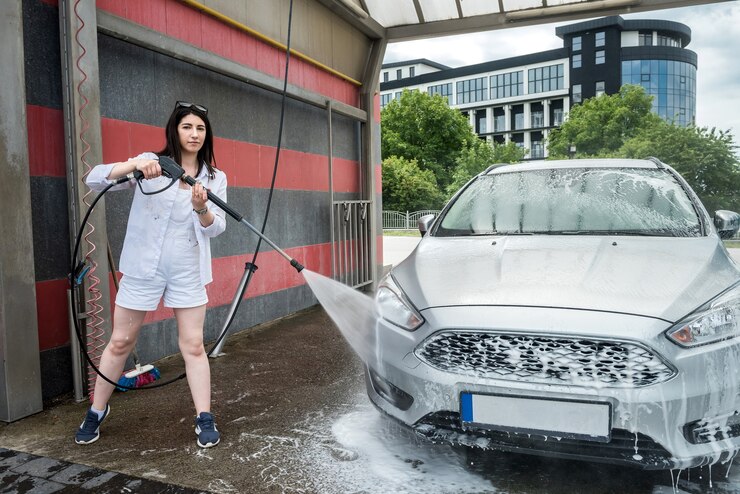Water conservation is an issue that must be tackled globally, with our global water supply limited and therefore needing our collective efforts to conserve this vital resource. Individuals can make an impactful statement through simple steps taken throughout daily lives – this introduction will highlight several ways in which you can contribute towards water conservation today.
One of the best ways to conserve water is to lower your daily usage. This can be accomplished through installing water-saving appliances like low-flow showerheads and toilets, rainwater harvesting systems and irrigation systems in your garden; taking shorter showers; shutting off tap while brushing teeth or using a bucket instead of running the tap during dishwashing/rinsing will all help conserve water usage.
One way you can help conserve water is to decrease your use of single-use plastics such as single-use water bottles and plastic straws, as these items take hundreds of years to decompose, polluting oceans and waterways worldwide. Furthermore, single-use plastics are made from petroleum which is non-renewable resource; investing in more environmentally friendly reusable items like metal and glass water bottles with metal straws as well as reusable shopping bags may be better alternatives.
As another way of helping with water conservation, you can support organizations and initiatives dedicated to conserving and protecting global water supplies. This could involve supporting local initiatives for conserving local waters as well as volunteering or donating directly to organizations working toward protecting rivers, lakes and other bodies of water.
Water conservation is an issue that must be tackled globally, but individuals can make an impactful contribution as well. You can help by reducing your water consumption, using less single-use plastics and supporting organisations and initiatives dedicated to safeguarding global freshwater supplies.
Simple Ways You Can Help In Water Conservation Today:-
1. Check Your Toilet For Leaks

Water conservation is an integral component of environmental sustainability today, and one effective and simple way to save water is checking for leaky toilets that waste large quantities – which could cost hundreds of dollars every year in water waste!
As a first step to inspecting your toilet for leaks, look at its bowl itself. If there is water running down its side or it continues running after flushing, these are telltale signs that could signal a possible leakage problem. Another effective method for testing for leakage involves dropping some food coloring drops into its tank – if that food coloring appears within 10 minutes then there may be an issue!
If you detect a leak, there are various solutions. First, inspect the flapper valve to make sure it’s adjusted and seated correctly; if damaged or nonfunctioning flapper valve needs replacement. Furthermore, double check that fill valve adjustment is correct as well.
Apart from simply checking for leaky toilets, there are other straightforward measures you can take to conserve water. Installing low-flow toilets and faucets can help lower water usage while saving on bills; taking shorter showers, turning off water while brushing your teeth, turning off dishwasher or washing machines until full can all help conserve resources.
Checking for leaky toilets is an integral component of modern water conservation efforts. Simply taking a few minutes to inspect and repair any issues can save money in the long run while helping protect our planet’s ecosystems.
2. Take Shorter Showers
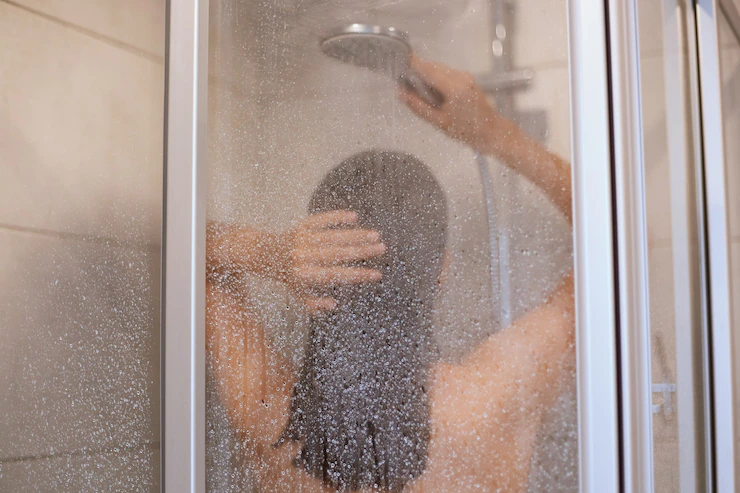
Water conservation has become ever more critical in today’s world as population and demand for water continue to outstrip supply, straining current resources. One simple and effective way for individuals to help preserve our water resources is taking shorter showers; by cutting back daily use of water this way can significantly decrease total usage per person.
An average shower can take five to ten minutes, but by shortening its duration to two or three minutes, significant water can be saved and help lower daily household usage of this precious resource. To maximize efficiency while lathering or shampooing, turn off the tap before lathering or shampooing as this can save water that would otherwise go to waste.
Apart from taking shorter showers, it is also crucial to employ water-saving strategies when engaging in other water-related activities such as washing clothes. When laundering full loads, make sure the appropriate level settings are used; and instead of letting running water rinse dishes directly over timer, fill up a basin full of water instead and use that instead for rinsing purposes.
Water consumption should also be carefully considered during outdoor activities, such as watering the lawn or garden. Watering can be done more efficiently using a sprinkler, soaker hose, or drip irrigation system; additionally it is wise to water early morning or late evening in order to minimize loss due to evaporation.
Simply by taking shorter showers, we can all make a contribution towards water conservation today. By employing simple techniques to save water responsibly and using it more sparingly, we can all ensure our resources are used sustainably. Reducing consumption through shorter showers is one way we can all make a difference when it comes to conservation efforts.
3. Turn Off The Water While Brushing Your Teeth
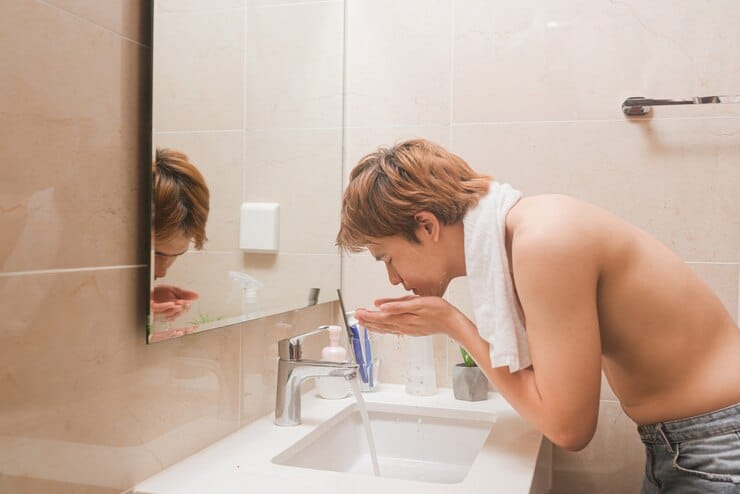
Water conservation is essential to the preservation of our environment. Everyone can take small steps to preserve water, such as turning off the faucet while brushing your teeth – this small act could save hundreds of gallons every year and save money on your water bill!
When brushing your teeth, it’s essential that you turn off the water while lathering up with toothpaste and then turn back on when ready to rinse – this saves water that would otherwise go down the drain while brushing. If everyone followed this simple step it could save an immense amount of water!
Be mindful of your water usage while showering. Turning off the faucet when lathering up can save water while helping reduce how much your household uses each month.
Turning off the water while brushing your teeth is a straightforward step that anyone can take to conserve water and ensure we have clean, fresh water for years to come. Simply by turning off the tap while brushing your teeth, we can make an impactful contribution towards environmental conservation and ensuring future generations enjoy clean drinking water sources. Turning off your faucet while brushing can have an immediate and positive effect on our environment!
4. Check Faucets And Pipes For Leaks
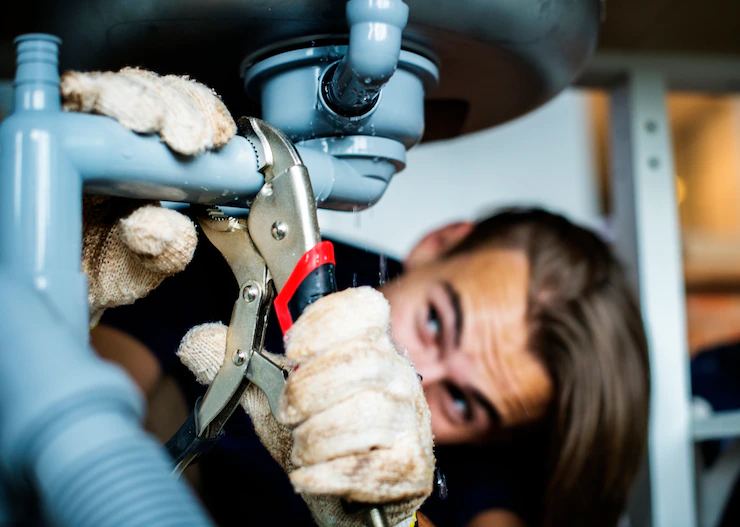
Water conservation should be part of our everyday lives, and one easy way to conserve water is to inspect faucets and pipes for leaks, which even small leaks can add up over time and waste significant amounts of precious resource. Checking your faucets and pipes for leaks doesn’t have to be complicated and can be completed in just a few steps.
Start by inspecting all of the faucets in your home. Make sure all are tightly shut, then turn them on to check for drips or leaks. If any water appears leaking out of any, call in a professional immediately so he or she can repair it quickly.
Next, conduct an inspection of your pipes. Look out for signs of leakage or water pooling near pipes; if any occurs, call in a professional to repair it immediately. Also make note of any unusual increases in your water bill; they could be an indicator that there’s an issue in your plumbing system that needs attention.
Finally, it’s important to examine your toilet for leaks. While these leaks may be harder to spot than others, an easy way to detect them is adding food coloring drops directly to the tank and watching for color appearing in the bowl; if that indicates that there is an active leak and you should contact a plumber as soon as possible to have it repaired.
By regularly checking faucets and pipes for leaks, you can help conserve water and protect the environment. It is an easy step that can make a significant impact in reducing water usage – make sure you schedule checks!
5. Don’t Water The Gutter
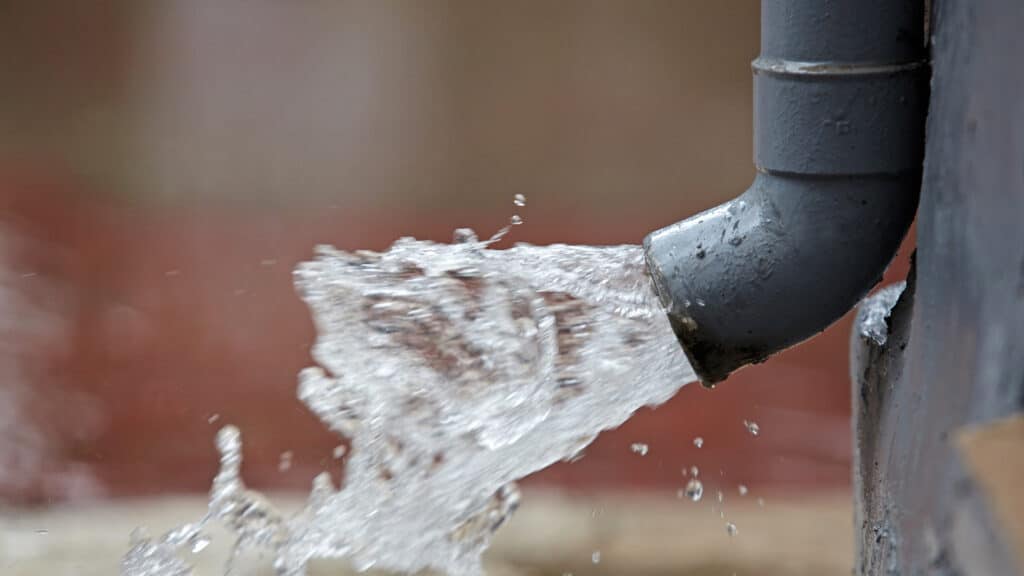
Water conservation is an essential step we all can take to help the environment, with estimates suggesting the world could face a 40% global water shortage by 2030 if no steps are taken now to conserve it. One simple way you can help conserve water now is not watering the gutter – gutters exist to collect rainwater away from homes; when water gets wasted from this method instead of being absorbed back into the earth where it replenishes aquifers.
As well as not watering the gutter, there are other simple and straightforward measures you can take to conserve water. One example is turning off the tap while brushing or shaving to save up to six gallons a day; installing low-flow showerheads and toilets can further conserve water; while adding an aerator on your sink could reduce usage by as much as 50%!
Other simple strategies for conserving water include decreasing lawn watering frequency, fixing leaks and only running full loads of laundry and dishes. Deliberately saving 50 gallons a week through reduced lawn watering can save thousands each year through fixing leaks; running full loads only saves an estimated 1,000 gallons each month from usage reduction.
By following these simple steps, we can all do our part to conserve water. These steps include not watering gutters, turning off the tap when brushing teeth or shaving, installing low-flow showerheads and toilets, using an aerator on sinks, decreasing lawn watering by using only full loads of laundry and dishes and only running them when necessary – these small steps will go a long way toward helping conserve both water and environment!
6. Don’t Run The Hose While Washing Your Car
Water conservation is essential to our planet’s sustainability and everyone should do their part in conserving natural resources. One simple way of helping is not using the hose when washing your car – just this act alone could save up to 80 gallons!
Instead, consider using a bucket of water and sponge or brush to clean your car instead of using a hose – this not only saves water but is better for the environment as car washed with chemical-laden hose water may contain harmful substances.
Additionally, using a hose to wash your car increases the risk of water pollution; chemicals used for car washing can easily enter our water sources and damage the environment. By opting for bucket of water with sponge or brush instead, this risk can be minimized.
By not running the hose while washing your car, you are helping conserve water, prevent pollution, and preserve the environment. Simply by not running the hose while cleaning, this simple act contributes to water conservation today – don’t use water wastefully by running your hose! Don’t run your hose and help conserve it instead.
Conclusion
Water conservation should be top of mind for us all and active steps should be taken to reduce consumption and save water. By making simple changes such as taking shorter showers, installing rainwater harvesting systems, or using water-efficient fixtures we can make a significant contribution towards conserving this essential resource. Furthermore, spreading awareness on its benefits through education of ourselves and others on its value should help create long-term sustainability of this precious resource.
Water conservation is an effort that involves all of us working together for its success, taking small steps such as cutting water consumption or spreading awareness on its importance to ensure future generations have access to this precious resource. Together we can make a real difference and ensure it will always remain accessible for use by future generations.
By taking small steps to conserve water, we can make an enormous impactful change on its future use and distribution. Simply put: water conservation is of vital importance and its preservation must remain accessible to future generations.
Also Read:- Planting Trees – A Simple Action with a Big Impact on Our Environment

